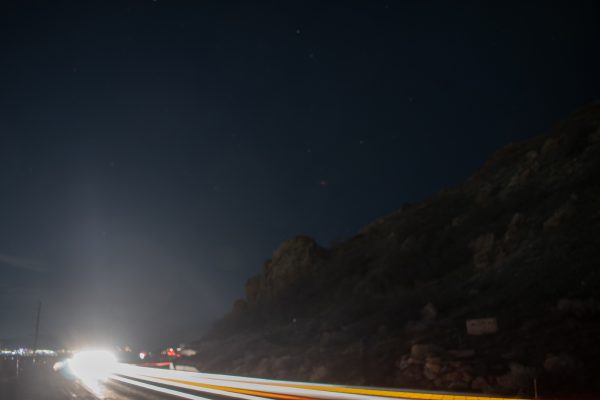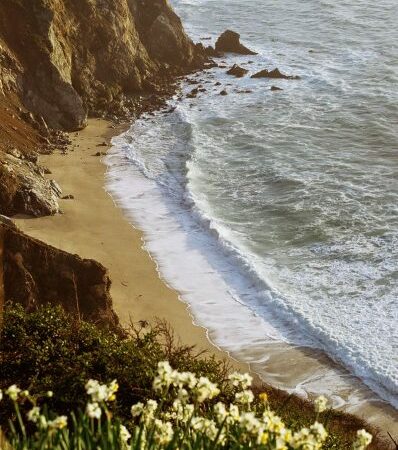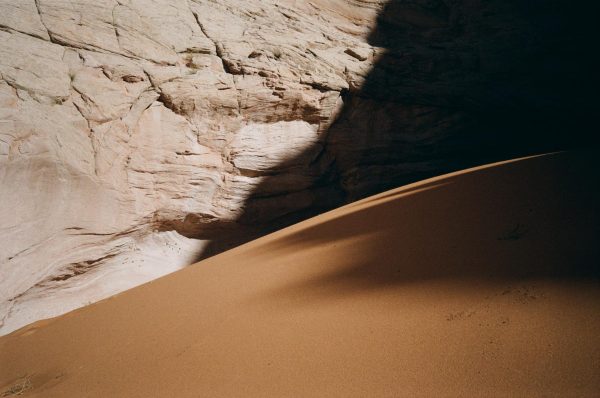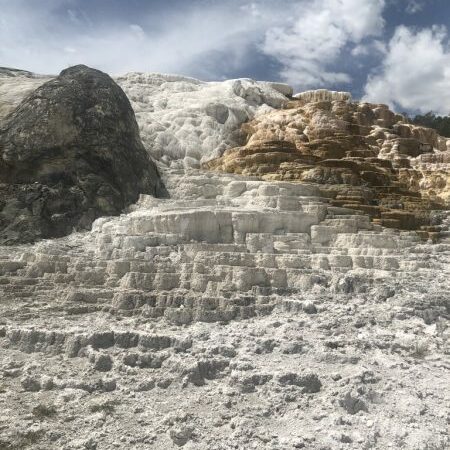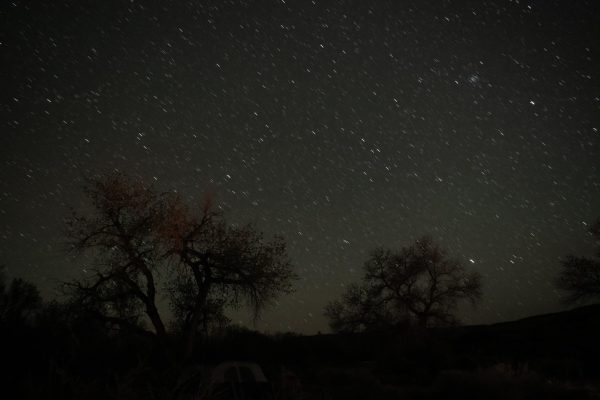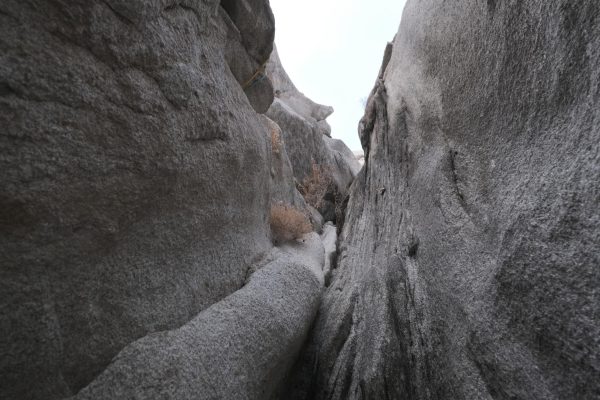Views of LLC
The Wasatch are somewhat of a climatic anomaly. Rising thousands of feet off the desert floor and intercepting incoming moisture, the climate created in the Wasatch is home to some of the best skiing in the United States. The snow has created a unique environment, where prime skiing conditions attract populations from out of state. Not only growing the number of permanent residents and college students such as myself but creating a thriving tourism industry. The heart of which is Cottonwood Canyons.
Glaciers once ate through the summits of the Wasatch peaks, and while the ice is no longer there, the scars of glaciation on the landscape are obvious. Mountains were beheaded as ice sliced deep into the rock. Melting, it left behind distinctive U-shaped valleys. The largest and perhaps the most stunning of these, in my opinion, is Little Cottonwood.
I have spent a great deal of time in Little Cottonwood Canyon over the past year. In the winter I skied, and then I wasn’t really paying attention. Naturally, I was in awe of the sheer size, the steepness of the chutes, and magnitude and power of the avalanches which laid drifts twice the size of my car. Yet, it was not until late spring where I really got to appreciate the beauty of the canyon. The snowpack healed enough for me to climb the chutes and make my first few descents, then I began to boulder on the valley floor and finally went on hikes to the summits of the surrounding peaks. Now in the fall, I am working up canyon, seeing a totally new side to it all.
Call me sentimental, but my experiences have given me a deep appreciation for the canyon. Not only is it an incredible place to climb and ski; it’s a precious natural landscape. There are many incredible glaciated landforms, rugged sharp arrétés, and numerous cirque lakes in the high Wasatch.
That is part of what makes Little Cottonwood so special. It’s a massive glacially formed valley, and it’s right in our backyard. Anyone can drive up and walk around. It’s not just a place that should be appreciated by people visiting the ski areas, but anyone willing to go and see something majestic.
The climbing and bouldering in Little Cottonwood are unparalleled. Not only is there something for almost every skill level, but one is climbing in a serene and dramatic landscape.
The very snow that buries the canyon for much of the year melts and feeds a very lush and verdant forest that carpets the valley floor and creeps up the sides of the valley.
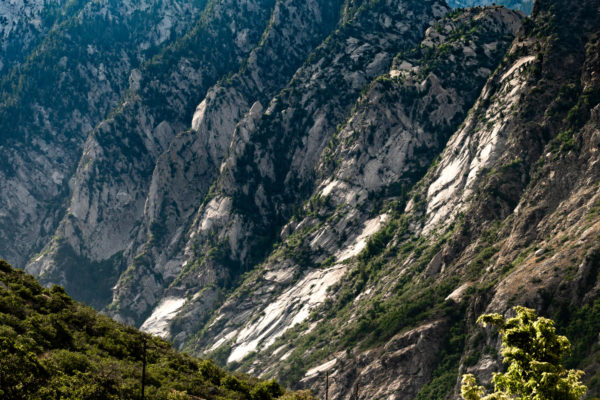
This green contrasts the reds and orange quartzites that cap the northern peaks which loom over the valley; the Twins, O’Sullivan, Dromedary, and Monte Cristo. To the South, I often find myself captivated by the immense buttresses of white granite rising sharply out of the valley floor, reflecting the sun and towering thousands of feet into the sky. Waterfalls boil white as their streams plummet down from their respective hanging canyons.
These sights are difficult to see unless you sit upon the other side of the valley, and gaze across. It is here where I address the elephant in the room: the Gondola.
The topic is unavoidable when talking about Little Cottonwood. The gondola, slated to run up Little Cottonwood Canyon, was approved by UDOT earlier this summer but has yet to be approved by the state legislature. If it is built it will be the world’s longest, and perhaps most contentious gondola.
It is unfortunately difficult to avoid taking a side, and while I think the traffic experienced in the canyons is an issue, I wonder if the solution is worse than the problem. Not in terms of convenience, recreation, or utility, but in terms of visual desecration. How is that going to irreparably change the canyon?
To say this as candidly as possible, I would find it difficult to sit at the bottom of a canyon and look up at a rocky buttress when there’s a gondola in the way, and still think “wow this is a beautiful view”. I’m hoping that the photos of what I have seen will inspire others to go out and explore the mountains for themselves, to see and experience new things and make their own judgments.
People should experience and develop a relationship with nature, and I think we should encourage an appreciation for the beauty in the natural world. Nobody should be deprived of that. However, at what point does the ease of accessing these environment’s compromise the very thing that makes these places so special? What is that going to cost in unquantifiable terms? I’m afraid there is no easy answer to that question, but it is an important thing to think about.

The post Views of LLC appeared first on Wasatch Magazine.


